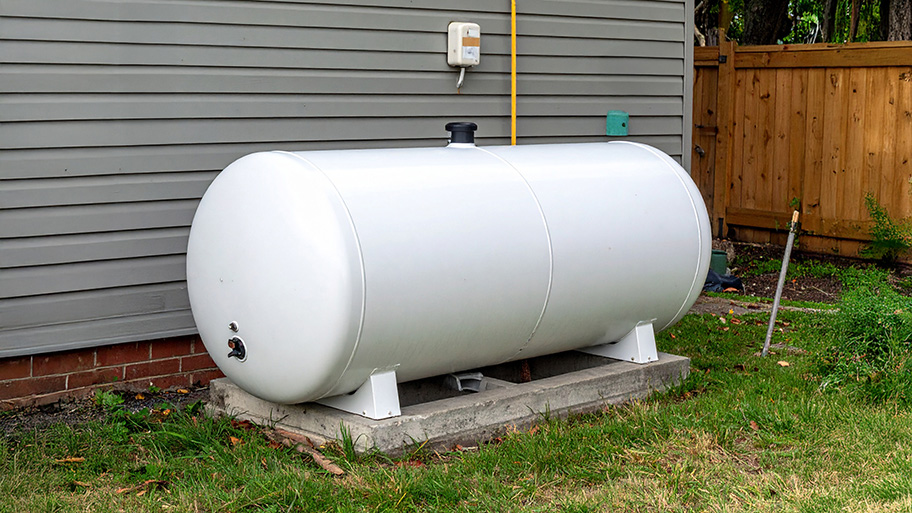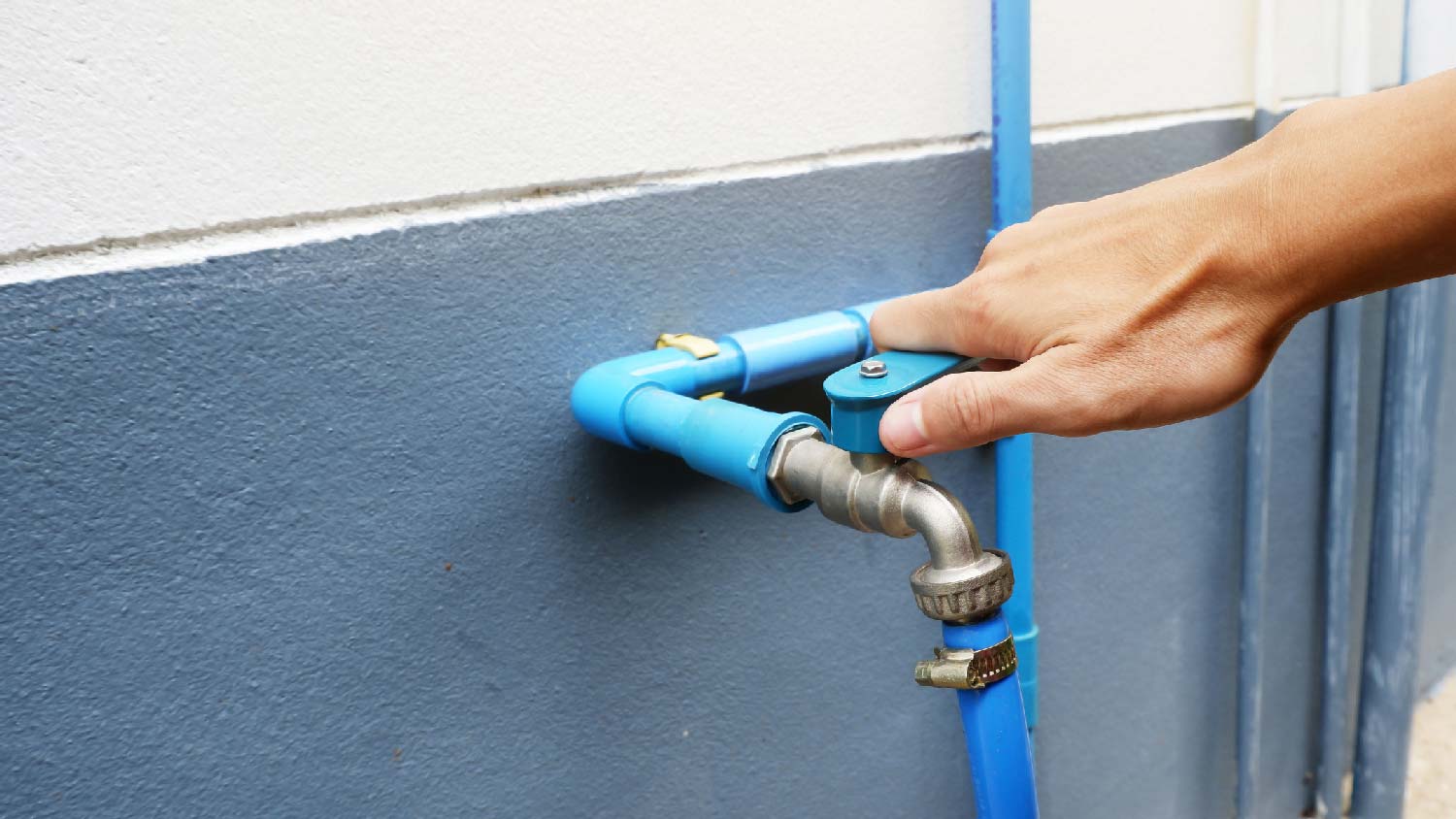
The average propane tank costs between $600 and $2,500, depending on the size, location, and more. Our expert guide explores all the factors.
Rusty handles resistant to wrenches need replacement


The sun of spring is always a welcome relief from a harsh, icy winter. But sometimes, you're in for a rude awakening when you plan a day of gardening just to find that your water spigot handle no longer turns. Winter wonderlands, while beautiful, can freeze your outdoor faucets and make the handles impossible to turn. Fortunately, this isn't a major plumbing catastrophe. We'll show you how to replace a spigot handle if yours is stuck in just a few easy steps.

If your home is older and the spigot has been there for a long time, age can cause it to stop turning eventually. It’s likely due for a replacement. But if your faucet is relatively new, try to loosen it up first. Loosening it can make the spigot handle turn again, which means you won’t need to replace it yet, no matter what type of outdoor faucet it is.
Just because it’s warming up outside doesn’t mean that the spigot is thawed and ready for action. Give it a boost by running a torch or heat gun near it to make the metal expand, but don’t do this if it’s too close to vinyl siding or other materials that can melt or catch on fire. If a heat source isn’t an option, use some penetrating oil like Liquid Wrench on the spigot handle. If it’s still stuck after exhausting these options, it’s time to replace it.
It can be hard to find a good plumber, but I found one! I've hired Nick with Plumb Poppin twice and was extremely pleased with both jobs he completed for me. One of the jobs required busting through our slab to replace pipes that had gone bad. He took the time to explain what he had to do to fix the problem, and patiently answered my questions. It was a messy job and he cleaned the areas afterward so well you couldn't even tell the work had been done. He also installed a water filtration system for me. He was on time, has an excellent attitude, is very knowledgeable and quick thinking if a problem pops up. (I live in an older house.) His prices are more than reasonable and he backs up his work! I wouldn't hesitate to hire him, and will be using his services for any future issues I have.
Look for the screw holding the spigot handle in place. Identify what type of screwdriver or drill bit you'll need so you can unscrew it out. Most outdoor spigots are hose bibs, with the handle sitting on top of the spout. It’s unlikely to be on the side or some other unexpected location.
If the handle is completely stuck like one of those stubborn pickle jars where the lid is practically welded on, a power drill driver or cordless electric screwdriver will make your life easier than hand tools.
Unfortunately, there’s no universal size for spigot handles. There are so many different shapes, sizes, and types. What you can do, however, is take a picture of it with your phone and measure it so you have a solid reference when shopping online for a replacement. If you’re shopping at a local hardware store, take the old handle with you and ask for the closest match.

Using the screwdriver or drill driver, screw the new spigot handle into the outdoor faucet. Make sure that the screw is as tight as you can get it while the handle is still able to turn.
You’ll want to make sure that the problem only lies with the spigot handle getting rusty or reacting badly to weather changes. Turn the spigot handle to see if it’s no longer stuck. You’re done if water gushes out. If there’s no water coming out of the spigot after turning the handle, it could be indicative of a more serious problem with the water line.
Replacing a spigot handle is a very simple job, even if you aren’t an expert DIYer. A new spigot handle costs about $6 to $10. A basic drill driver or cordless electric screwdriver can be purchased for about $50, while higher-end models with more bits and features go for $150 and up. A manual screwdriver is $5 or less, but this task often requires too much elbow grease to do without power tools comfortably.
If you don't have or want the tools necessary to change the spigot handle yourself, a handyperson who has the right tools on hand typically charges $35 to $50 per hour.
Assuming that only the spigot handle needs replacement, you don't need to call a local plumber. A handyperson can handle the replacement for far less since the job doesn't require messing with the water lines. A licensed local plumber charges anywhere from $150 to $250 per hour, and rates of $300 per hour or more are common in areas with a high cost of living.
You don’t need to hire a plumber unless you want to replace the entire faucet or water stops coming out after you turn the new handle. Mineral build-up can make it grueling to turn the faucet handle, but you don’t need a plumber’s help until that build-up becomes a clog.
From average costs to expert advice, get all the answers you need to get your job done.

The average propane tank costs between $600 and $2,500, depending on the size, location, and more. Our expert guide explores all the factors.

Whether you’re changing your home’s floor plan in a remodel or just replacing old, worn-out plumbing, this guide will help you estimate the cost of repiping a house.

The cost to cap a gas line is relatively low, as plumbers can handle the job in roughly an hour. We break down cost factors and DIY considerations.

Find out the average water pressure regulator replacement cost, key price factors, and tips to save on your project. Get transparent, expert-backed cost info.

Is the water pressure in your shower lacking? Here are common solutions to increase it so you can enjoy your showers again.

Learn how to remove a bathtub drain for cleaning or replacing, whether you’ve got a simple toe-touch stopper or a more complicated trip-level model.